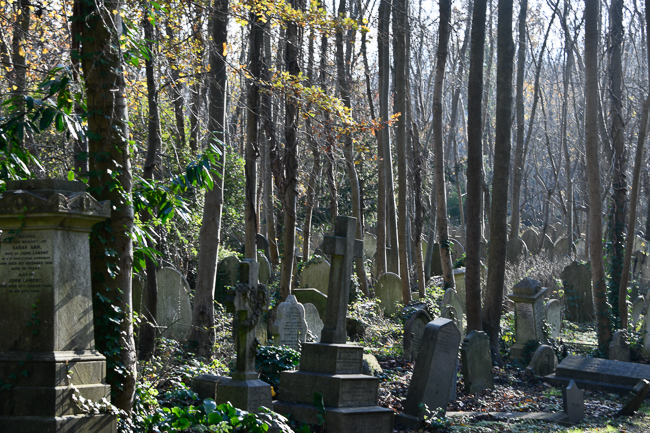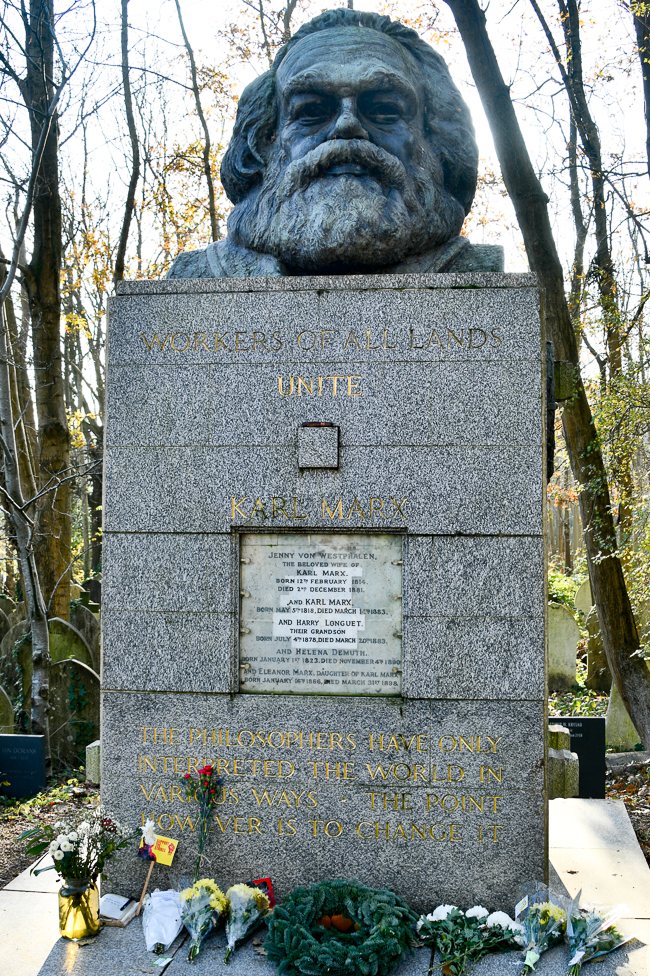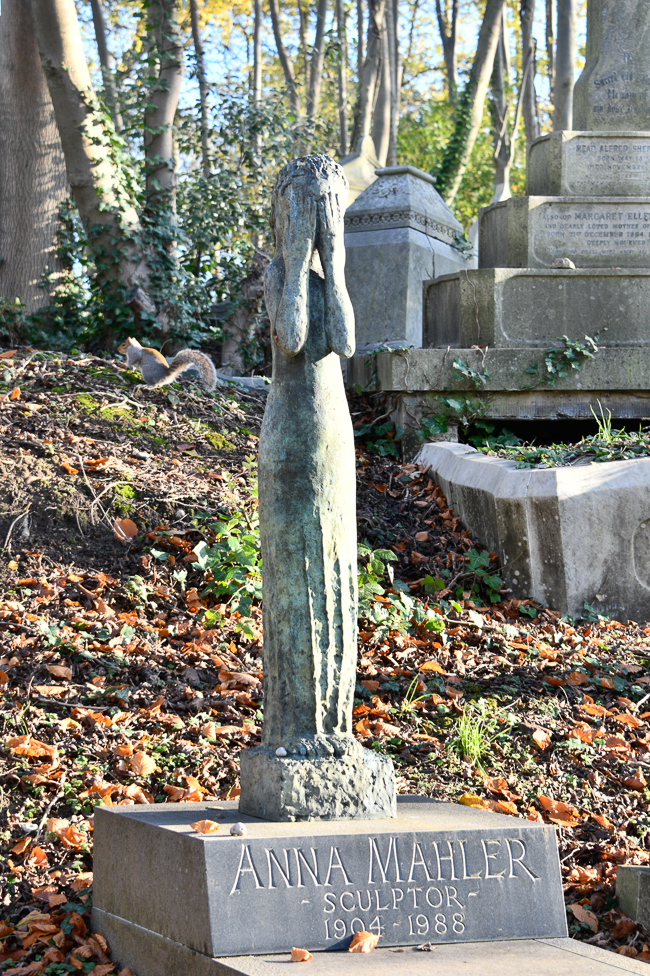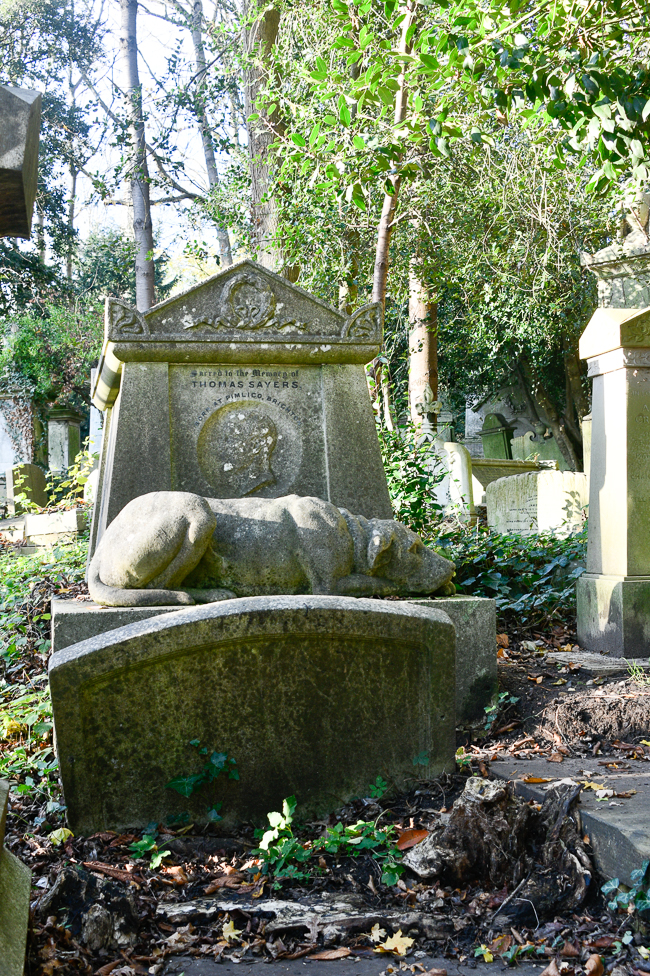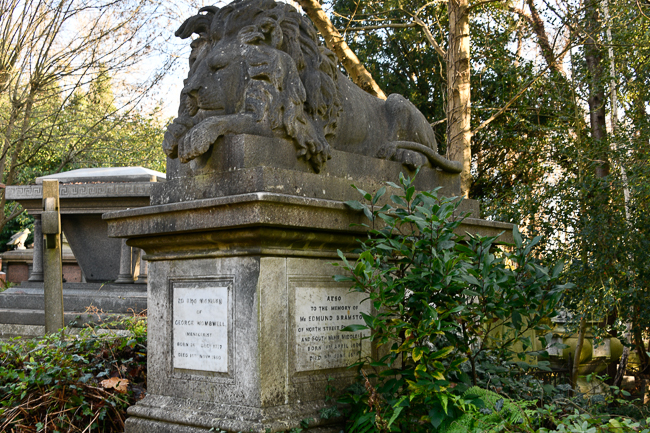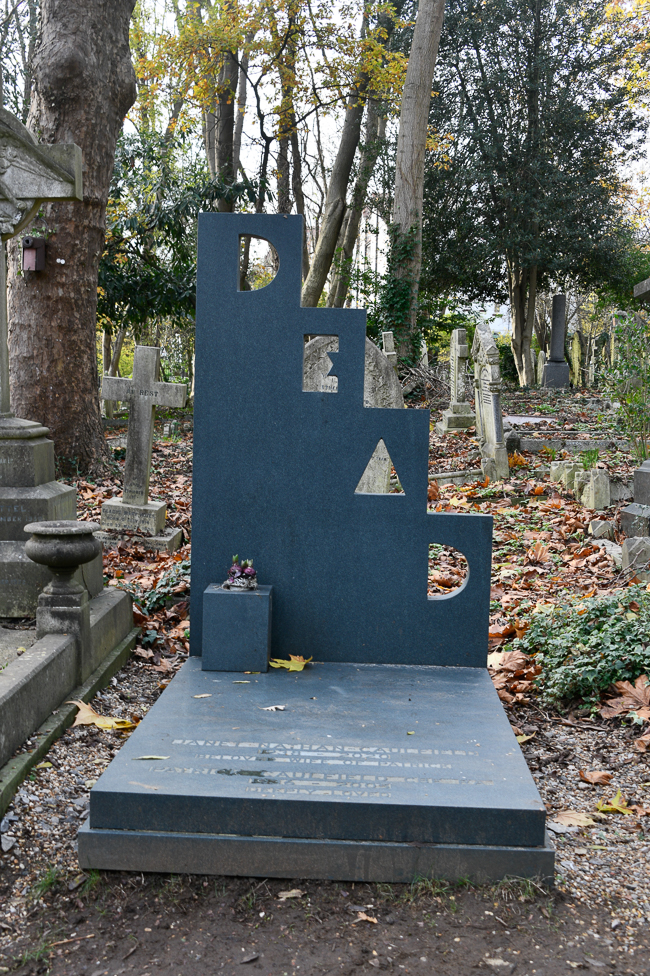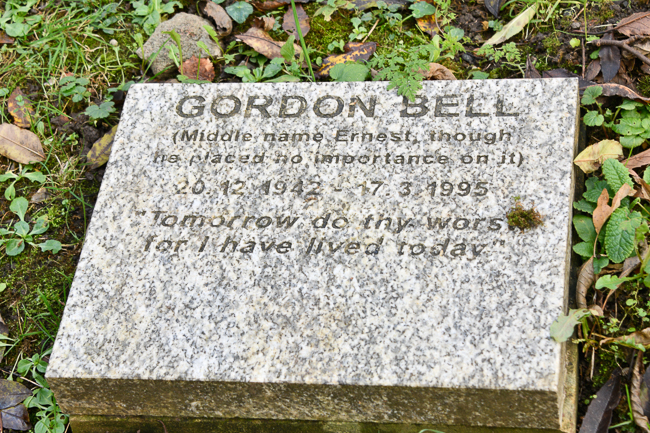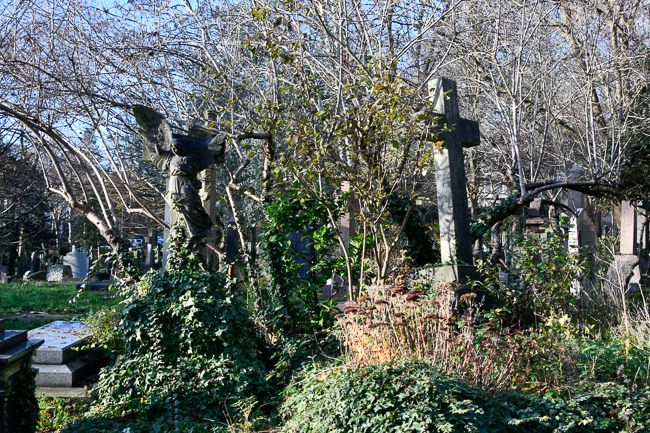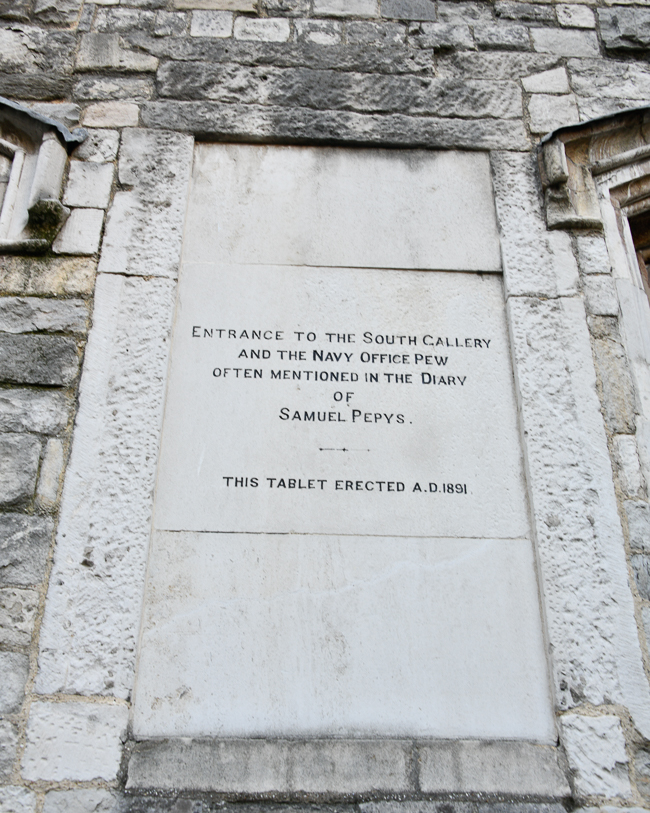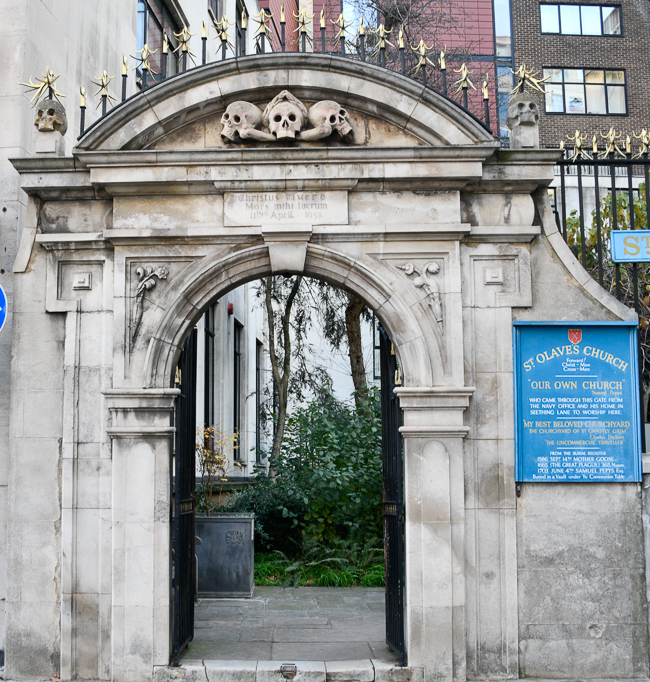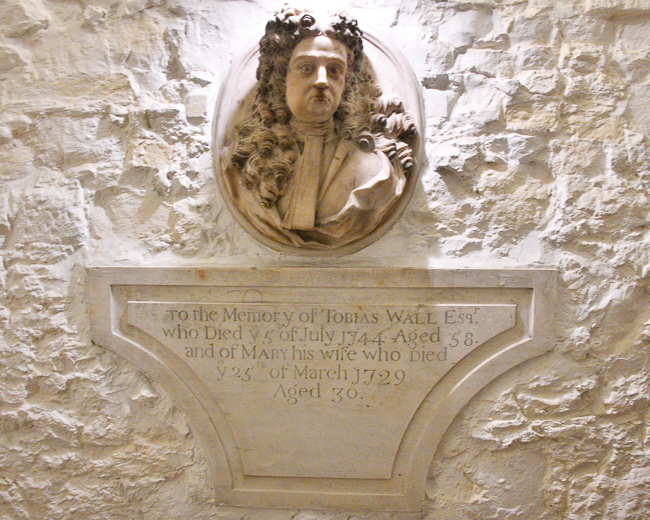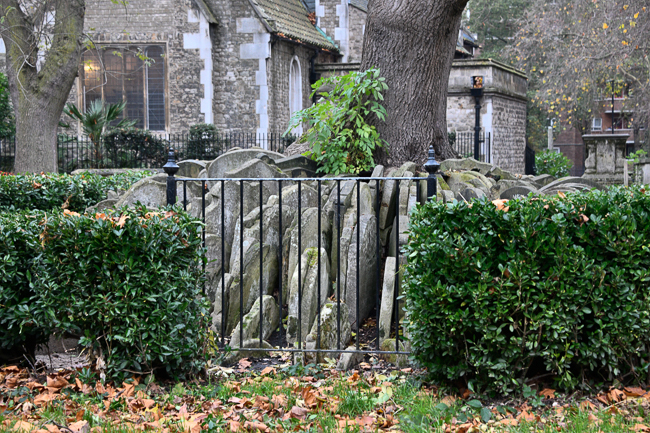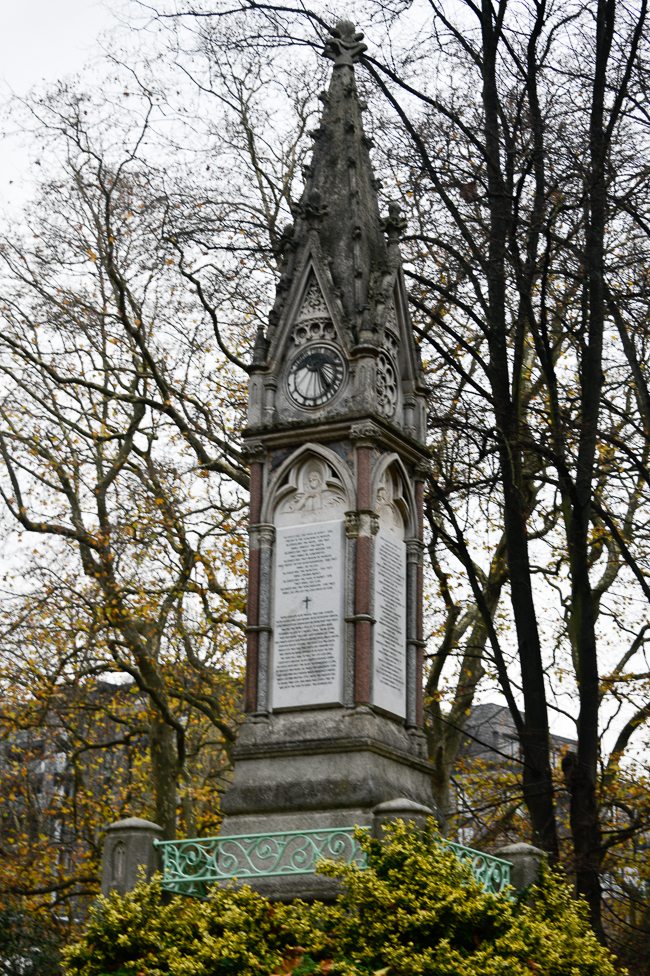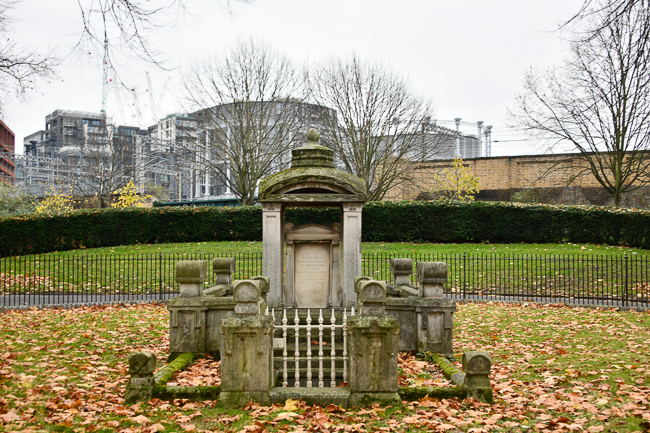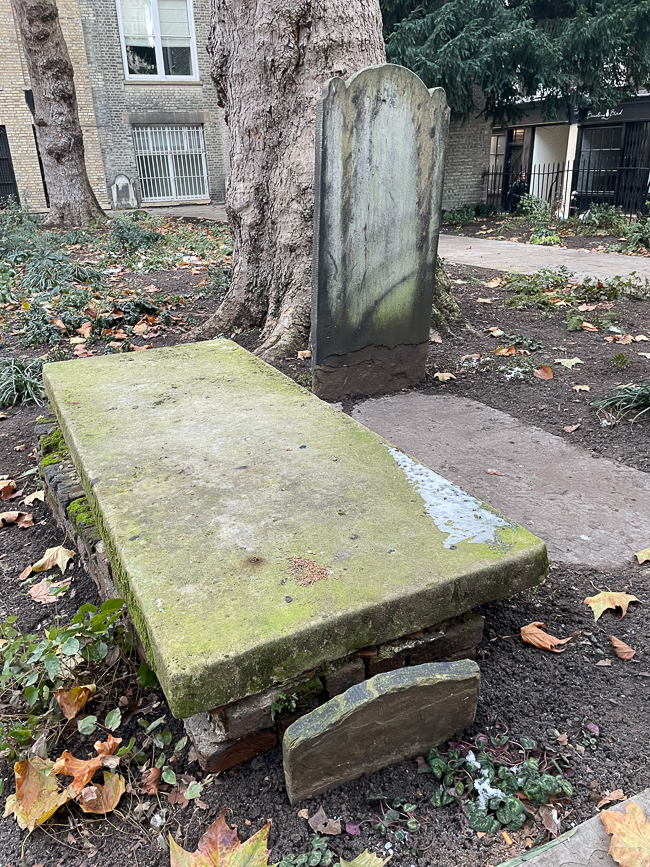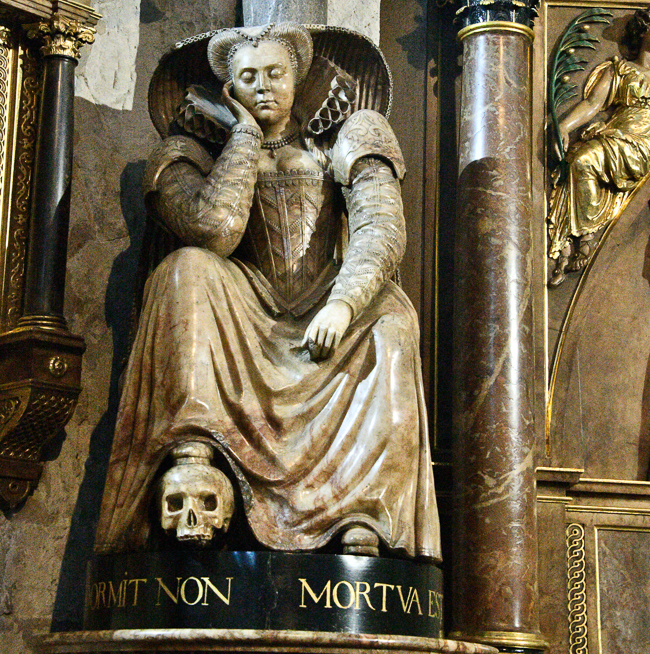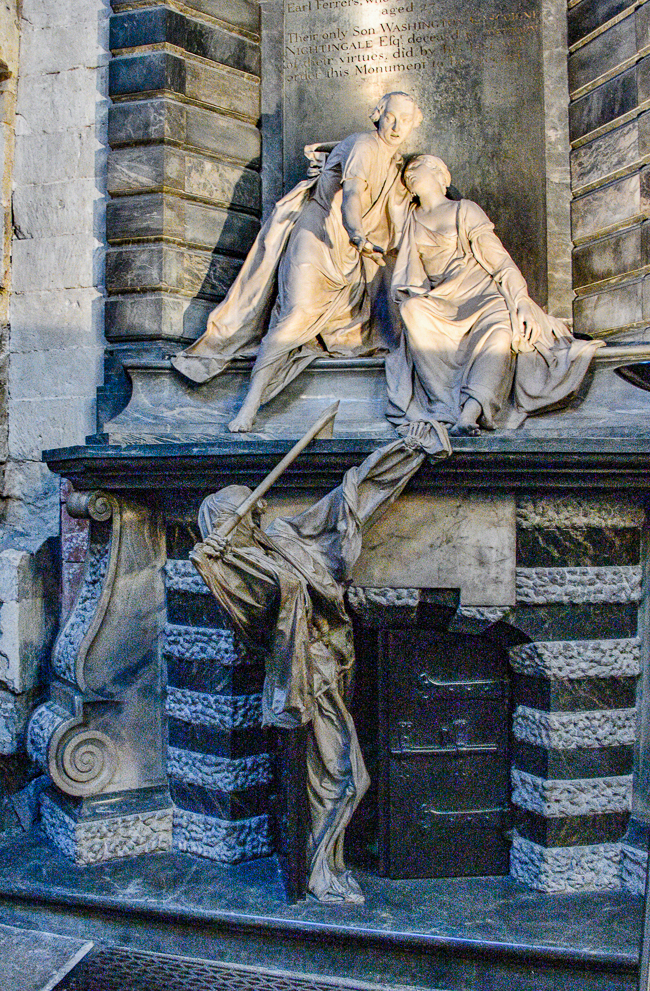December 2022
I am an avowed taphophile, so visiting cemeteries is part of my travels wherever I go. I made an intentional trip to Highgate, tour and all, but the others were pleasant happenstances.
Highgate
An act of Parliament created The London Cemetery Company in 1836. Stephen Geary, an architect, and the company’s founder appointed James Bunstone Bunning as the surveyor and David Ramsey, a renowned garden designer, as the landscape architect.
Over the next 20 years, Highgate became one of London’s most fashionable cemeteries. In 1854 the London Cemetery Company expanded by a further twenty acres. This new ground, now known as the East Cemetery, was opened in 1856.
This 37-acre cemetery is best known for the grave of Karl Marx.
In 1884, on the first anniversary of Marx’s death, around 6,000 people marched from Tottenham Court Road to the grave only to be turned away by police who, afraid of riots, had closed the cemetery. Marx was initially buried a few yards to the north, but in 1956 his grave was moved to its present location, and this giant memorial, funded by the British Communist Party, was erected. You can see the original gravestone incorporated into the plinth. A ceremony is held here every year on the anniversary of his death, to the minute, at 2.30 pm.

The grave site of one of my favorite authors – Douglas Adams – author of Hitchhikers Guide to the Galaxy.
People leave pens at the base of Adams’s grave; I, for one, would have left a towel. But there is a connection to the pens:
“Somewhere in the cosmos, he said, along with all the planets inhabited by humanoids, reptiloids, fishoids, walking treeoids and superintelligent shades of the color blue, there was also a planet entirely given over to ballpoint life forms. And it was to this planet that unattended ballpoints would make their way, slipping away quietly through wormholes in space to a world where they knew they could enjoy a uniquely ballpointoid lifestyle, responding to highly ballpoint-oriented stimuli, and generally leading the ballpoint equivalent of the good life.”
George Wombwell (December 1777 – November 1850) was a famous menagerie exhibitor in Regency and early Victorian Britain. He founded Wombwell’s Travelling Menagerie. It is said that Nero was so docile children could ride on his back.
St. Olaves
We had walked into St. Olaves in pursuit of Pepys. A group of musicians had just finished their practice and were thrilled to talk about the church.
Samuel Pepys (1633 – 1703) was an English diarist and naval administrator. He served as administrator of the Royal Navy and Member of Parliament and is most famous for the diary he kept for a decade.
Pepys recorded his daily life for almost ten years. This record of Pepys’s life is more than a million words long and is often regarded as Britain’s most celebrated diary; it has been a primary source for scholars regarding the English Restoration Period.
Charles Dickens called St Olaves: My best-beloved churchyard. The churchyard of St. Ghastly Grim.
St. Pancras
I have already written about this small unique cemetery in Camden, but I wanted to make sure it got in the cemetery section as well, so here are a few from St. Pancras.
After photographing this and writing about it, the tree fell in a rainstorm. It became infected with parasites in 2014, which is why there is a fence around it, and it finally succumbed to its illness on December 28th of this year. The Camden Council said that it is looking at ways to celebrate the fallen ash, including harvesting the wood of the Hardy Tree to make a commemorative object or planting a new tree in its place.
Burdett-Coutts monument is a memorial fountain and sundial of 1877. Made of Portland stone, marble, granite, and red Mansfield stone, it was designed by G Highton of Brixton and manufactured by H Daniel & Co, cemetery masons of Highgate.
Saint Bartholomew The Great
These graves sit atop a plaque pit in the yard of Saint Bartholomew The Great Church. The church and plaque pit has a fascinating history that I have written about before.
Westminster Abbey
While one doesn’t think of Westminster Abbey as a graveyard, there are over 3000 people buried in it. There are also hundreds of honorary plaques to notable people throughout history. I am only going to include two pieces I found that caught my eye.
Elizabeth Russel was baptized in the Abbey. Elizabeth I and the Countess of Sussex were her godmothers, and Robert Dudley, Earl of Leicester, her godfather. She was a maid of honor to the queen and died of consumption in 1601. The skull is a symbol of mortality.
Lady Elizabeth Nightingale died in childbirth in 1731. The sculpture was done in 1761 by French stonemason LF Roubiliac. It depicts a very skeletal Grim Reaper emerging from what looks like a fireplace to spear the dying woman. Elizabeth’s husband, Joseph, fights in vain to save his wife from death.
